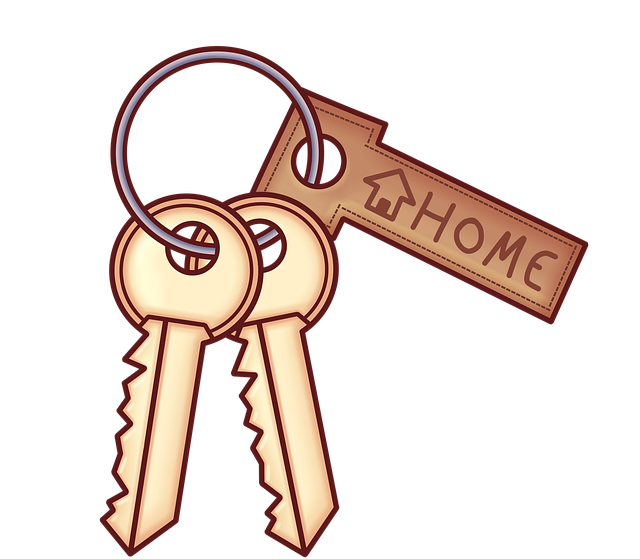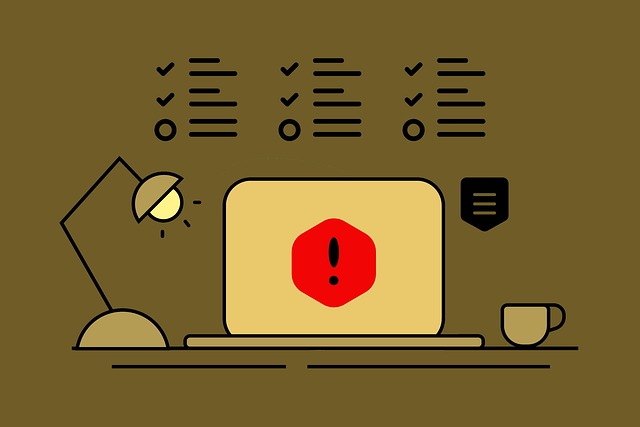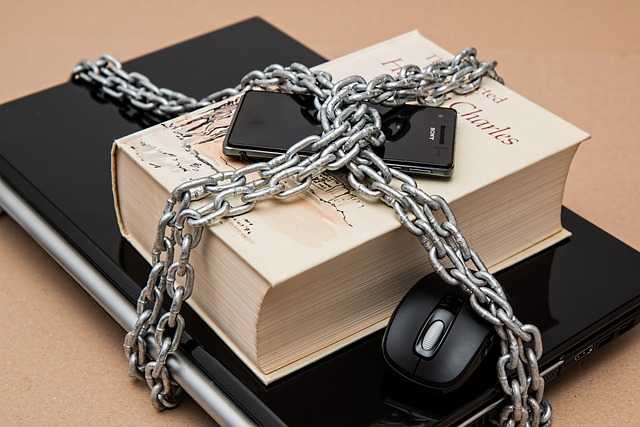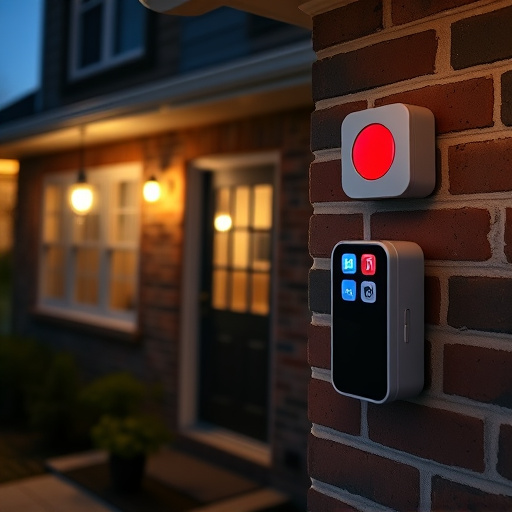To prevent break-ins, start by conducting a thorough assessment of your home's vulnerabilities, including weak points indoors and outdoors. Install modern alarm systems with motion detectors and cameras, upgrade to robust locks and gates, and enhance lighting for maximum security. Smart home automation offers remote control over security features, making it easier to implement break-in prevention strategies. Create a comprehensive security plan by evaluating existing features, adopting best practices, and regularly updating routines and technology to stay ahead of potential threats.
“Enhancing your home’s security is paramount in ensuring peace of mind and preventing unwanted intrusions. This comprehensive guide offers effective security strategies to fortify your sanctuary against potential break-ins. From assessing vulnerabilities and installing robust security systems to adopting smart home automation, each step provides a layer of protection. Discover the power of knowledge and create a tailored plan that includes best practices for home protection measures, ultimately deterring would-be intruders.”
- Assess Your Home's Vulnerability: Identifying Weak Points
- Install a Reliable Security System: Alarm and Surveillance Solutions
- Strengthen Physical Security: Locks, Gates, and Barriers
- Adopt Smart Home Automation: Technology for Enhanced Safety
- Create a Comprehensive Security Plan: Procedures and Best Practices
Assess Your Home's Vulnerability: Identifying Weak Points

Assessing your home’s vulnerability is a crucial first step in implementing effective security strategies for preventing break-ins. Start by conducting a thorough sweep of your property, both inside and out. Look for any potential weak points that could be exploited by intruders, such as unsecured windows or doors, broken locks, or visible entry points through which someone might gain access. Consider common areas that are often overlooked, like the roof, garage, or basement.
Identify places where security measures are lacking, such as outdated or faulty alarms, poor lighting, or a lack of surveillance cameras. Once these weak points are identified, prioritize them based on their potential impact and likelihood of exploitation. Addressing these vulnerabilities with robust home protection measures, like installing high-security locks, motion-activated lights, and advanced security systems, will significantly enhance your home’s security and deter potential burglars.
Install a Reliable Security System: Alarm and Surveillance Solutions

Installing a reliable security system is one of the most effective strategies for preventing break-ins and ensuring your home’s protection. Modern alarm systems offer advanced surveillance solutions, integrating motion detectors, glass sensors, and door/window contacts to alert you or authorities at the first sign of intrusion. Many systems also include HD cameras with night vision, allowing you to monitor your property remotely via smartphone apps. This proactive approach to home security can deter potential thieves and provide valuable evidence in case of an actual break-in attempt.
When considering a security system, opt for reputable providers offering custom solutions tailored to your home’s unique layout and needs. Regular maintenance and testing of these systems are crucial to guarantee their reliability. Additionally, ensure the system is easily integrable with existing smart home technology for comprehensive protection that keeps up with modern security demands.
Strengthen Physical Security: Locks, Gates, and Barriers

Strengthen your home’s physical security by investing in robust locks, gates, and barriers. Start with high-quality door locks that include both a deadbolt and a keypad or keycard access for added protection. Ensure all exterior doors and windows have secure locking mechanisms, and consider upgrading to reinforced hinges and frames for an extra layer of defense against forced entry.
Install robust gates at the property entrance, preferably made from sturdy materials like steel, and equip them with reliable locking systems. For added security, incorporate visible external lighting around your home’s perimeter, as well as motion-activated sensors that can alert you to any suspicious activity or unexpected visitors. These measures significantly deter potential intruders and serve as effective break-in prevention tactics for enhancing your home protection measures.
Adopt Smart Home Automation: Technology for Enhanced Safety

Adopting smart home automation is a game-changer when it comes to enhancing safety and preventing break-ins. By integrating technology into your home protection measures, you create an effective security system that can deter intruders and provide peace of mind. Smart home devices allow for remote monitoring and control of various aspects of your home, from lighting and temperature to security cameras and locks.
These automated tactics not only add an extra layer of security but also make it easier to implement robust break-in prevention strategies. For instance, motion sensors and smart alarms can detect unusual activity and alert you or the authorities instantly. Additionally, automated locking systems ensure that your doors are secure at all times, while smart cameras offer a continuous watchful eye on your property. This comprehensive approach to home security is an essential part of any effective strategy aimed at keeping your home safe and secure.
Create a Comprehensive Security Plan: Procedures and Best Practices

Creating a comprehensive security plan is paramount in preventing break-ins and ensuring your home remains a safe haven. Start by assessing your current security measures and identifying vulnerabilities. Research effective security strategies and best practices to fortify your defenses. Consider investing in high-quality locks, security systems, and surveillance equipment to deter potential intruders.
Implementing consistent procedures is crucial for maintaining optimal home security. Establish routine checks on doors and windows, ensuring they are locked securely at all times. Develop a system for monitoring visitors and deliveries, verifying identities before granting access. Regularly update your security plan based on evolving threats and new technologies, keeping one step ahead of potential break-in attempts.














